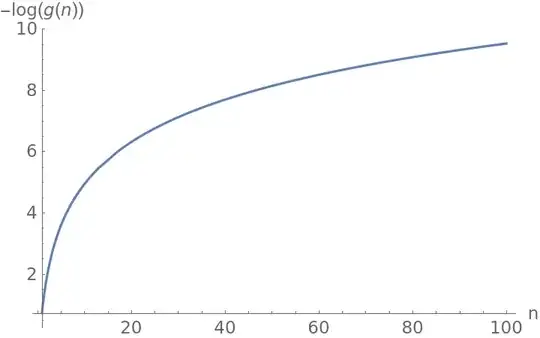Incomplete answer: only numerical experiments.
Let me define
$$
s(n) = \int_{-\pi}^\pi e^{\cos\theta}\sin(\sin\theta)\sin(n\theta)\,d\theta
$$
and
$$
g(n) = \frac{s(n)-\frac{\pi}{\Gamma(n+1)}}{\sin\bigl((n-1)\pi\bigr)}.
$$
Numerical evidence suggests that $g(n)\to0$; but how fast? Let's try to extract some more information.
Here I plot $-\log\bigl(g(n)\bigr)$ for $n\in[1,20]$:

It looks like a logarithm, so it seems natural to try to fit it with
$$
-\log\bigl(g(n)\bigr) = a+b\log(n+c).
$$
By fiddling a bit (and looking at larger ranges of $n$) one can see that $b$ has to be $2$, so we have $a+2\log(n+c)$. The value $g(1)$ seems to be around $0.5$, a bit less, so we impose $a+2\log(1+b)=\log(2)$. Moreover, by looking at large values, we deduce that $a=1-\log(2)$ seems a good value. Therefore our approximation is
$$
g(n) \simeq \frac{2}{\bigl(2+\sqrt e(n-1)\bigr)^2},
$$
which leads to
$$
s(n) \simeq \frac{\pi}{\Gamma(n+1)} + \frac{2\sin\bigl((n-1)\pi\bigr)}{\bigl(2+\sqrt e(n-1)\bigr)^2} .
$$
